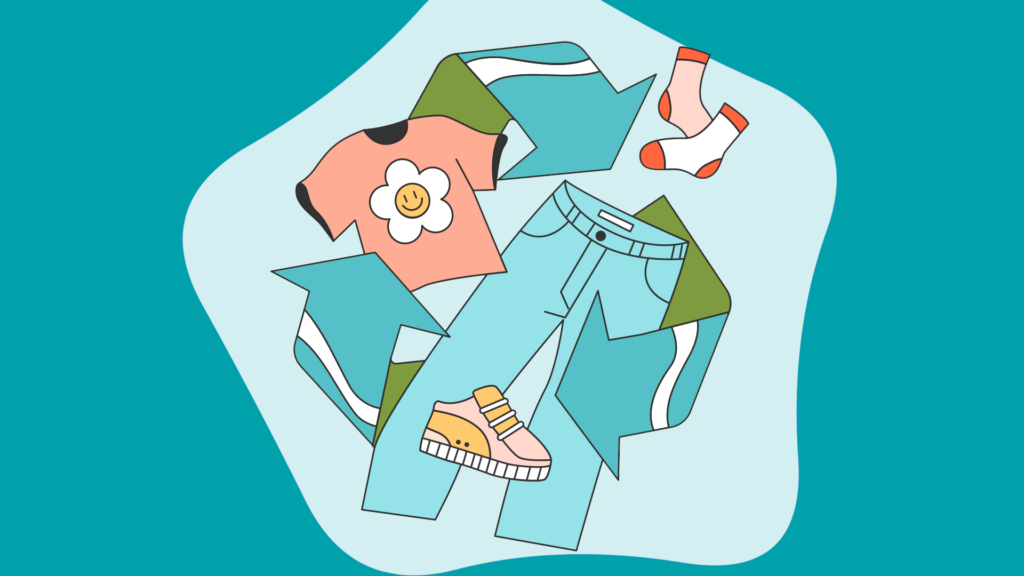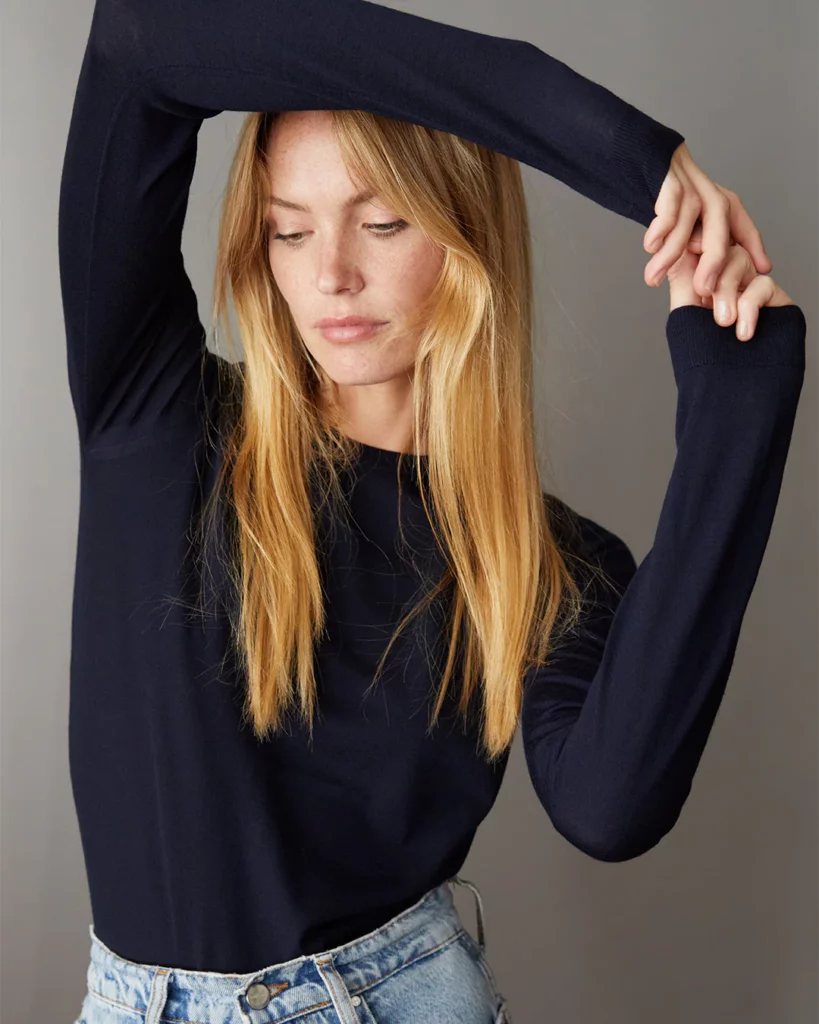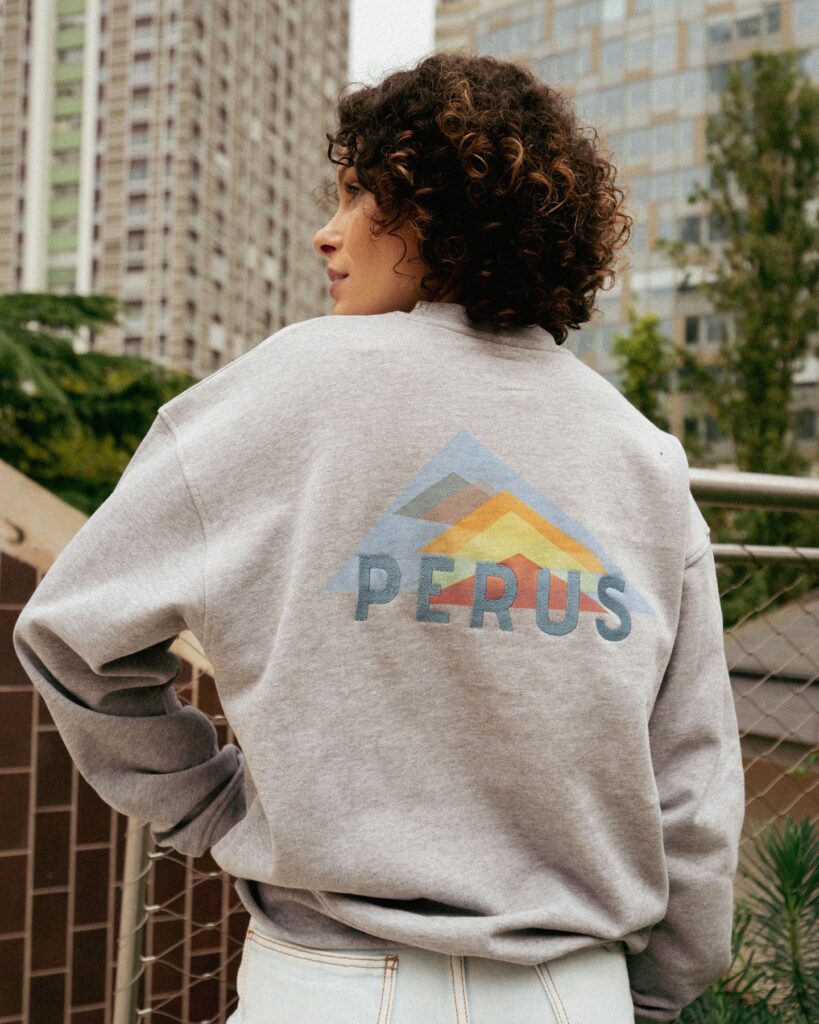The fashion industry has experienced exponential growth over the past few decades, but this expansion has not been without consequences. The environmental impact of Fast Fashion clothing production is characterized by large-scale production and ephemeral design cycles. However, an emerging solution is on the horizon: Slow Fashion brands. In this article, we will explore in detail both the environmental and financial impact of this alternative approach to fashion. We will examine CQFD and Perus, two brands we support in reducing returns through our size recommendation tool.

What is Slow Fashion?
Slow Fashion is much more than just a trend. It is a fashion philosophy based on principles of sustainability, quality, and consciousness. Unlike Fast Fashion, which encourages the mass production of cheap clothing to meet ephemeral trends, Slow Fashion promotes reflection and informed decision-making. Pre-ordering is a notable example.
Pre-ordering
Slow Fashion brands often choose to offer pre-orders for several important reasons related to their sustainability and responsibility principles.
- Reduction of waste: Pre-orders allow brands to produce only what has already been purchased. This significantly reduces waste related to overproduction, a common problem in the fast fashion industry. By producing only what customers need, unsold stock and discarded clothing are avoided.
- Crowdfunding: Pre-orders can serve as a source of crowdfunding for Slow Fashion brands. Customers pay in advance to reserve an item, which can help cover production costs without resorting to loans or external investors. This allows brands to maintain their independence and stay true to their principles.
- Custom design: Some Slow Fashion brands offer customers the opportunity to customize their orders, whether by choosing specific colors, patterns, or sizes. Pre-orders allow for production to be tailored accordingly, reducing unsold stock and ensuring customers receive exactly what they want.
- Long-term planning: Slow Fashion brands prioritize long-term planning rather than following ephemeral trend cycles. Pre-orders allow them to plan production over several months or even the entire year based on demand, facilitating resource management and informed decision-making.
Controlled production and spending
Slow Fashion emphasizes the responsibility of its products. But this ethical thinking often leads to issues related to clothing production costs:
- Use of sustainable materials: The materials used by Slow Fashion brands are carefully selected for their durability and low environmental impact. For example, organic cotton requires less water than conventional cotton and contains no harmful pesticide residues. Additionally, flax is a low-impact crop, requiring little water and growing quickly.
- Local manufacturing: Local production in the Slow Fashion industry reduces carbon emissions by reducing transportation needs. Products are made close to the markets where they will be sold, thereby minimizing impacts related to international transport.
- Higher prices: One of the most notable aspects of Slow Fashion is that clothing is often more expensive than Fast Fashion. This is due to the superior quality of materials, skilled labor, and attention to detail involved in manufacturing. Consumers pay a higher price upfront, but in return, they receive higher quality clothing that lasts longer.
- Ethical labor costs: Slow Fashion brands are committed to ensuring ethical working conditions for their employees. This means fair wages, reasonable hours, and a safe working environment. While this may lead to higher labor costs, it helps improve the quality of life for workers and promotes ethical standards in the industry.
- Valuing craftsmanship: Slow Fashion emphasizes creativity and craftsmanship. Many products are handmade or benefit from artisanal techniques, which adds value to the products. Consumers who buy Slow Fashion items often appreciate the quality and uniqueness of the pieces.
Slow Fashion and size recommendation
Fitle supports many Slow Fashion clients in their ethical responsibilities. Indeed, we help them reduce their return rates related to poor size selection during the purchase phase. Additionally, given their high production costs, we help improve conversion on their e-commerce sites through our size recommendation tool. Let’s take a look at some of our clients:
CQFD, a committed brand

CQFD is a brand of 100% digital luxury clothing, ethical and inclusive, created in 2022 by Céline Bosquet, a journalist. The brand offers a wardrobe of timeless and modern pieces, made in France and Europe, highlighting the plurality of female bodies while avoiding overproduction and dormant stock.
CQFD is committed to:
- Producing quality, durable, and responsible clothing. The brand prioritizes sustainable raw materials, such as organic cotton, recycled wool, or hemp. It sources from suppliers who comply with social and environmental standards.
- Manufacturing its clothing in France and Europe. This helps reduce the brand’s carbon footprint and supports the local economy.
- Offering collections on pre-order. This allows the brand to limit production and ensure that clothing is made according to demand.
- Promoting inclusion. The brand offers a wide range of sizes, from XXS to 4XL.
CQFD products
CQFD offers a collection of women’s ready-to-wear pieces, consisting of timeless and modern clothing such as dresses, pants, skirts, tops, and accessories. The pieces are designed to flatter all body types.
CQFD prices
The prices of CQFD clothing are generally higher than those of fast fashion brands. However, the clothing is of superior quality and lasts longer.
Perus, responsible shoes

Perus is a brand of clothing, sneakers, and responsible accessories, created in 2019 by two friends, Victor and Guillaume. The brand offers quality products, made sustainably and responsibly, at an accessible price.
Perus is committed to:
- Producing quality, durable, and responsible clothing. The brand prioritizes sustainable raw materials, such as organic cotton, alpaca wool, or recycled leather. It sources from suppliers who comply with social and environmental standards.
- Manufacturing its clothing sustainably. The brand works with partner workshops that comply with social and environmental standards. It is committed to reducing its environmental impact, particularly by limiting production and recycling waste.
- Offering accessible products. Perus aims to make responsible fashion accessible to as many people as possible. The brand offers quality products at an affordable price.
Perus products
Perus offers a collection of clothing, sneakers, and accessories for men and women. The products are designed to be comfortable, durable, and stylish.
Perus prices
The prices of Perus products are generally higher than those of fast fashion brands. However, the products are of superior quality and last longer.
The responsible choice
The choice between Fast Fashion and Slow Fashion often depends on individual priorities. If you are concerned about the environment, quality, and sustainability, Slow Fashion brands may offer a more appropriate solution




